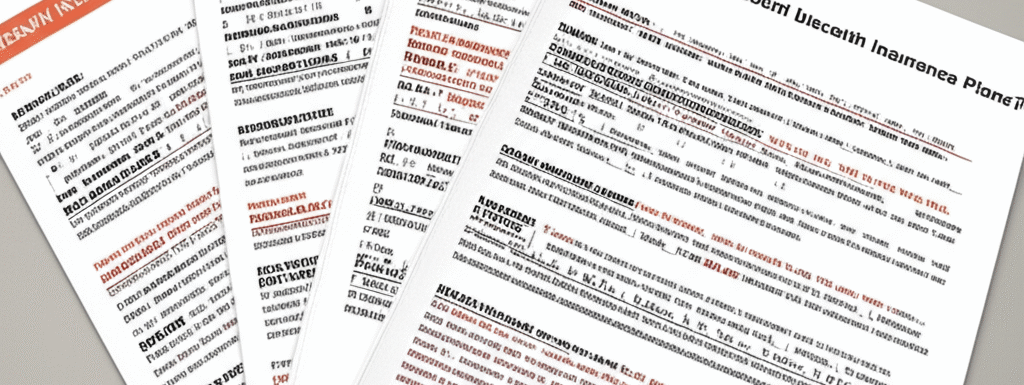Finding affordable health insurance can feel overwhelming, but with a smart approach, you can navigate the world of discount plans and secure the coverage you need. Comparing discount health insurance plans effectively means understanding what’s most important to you and your family. Here’s a step-by-step guide to help you make the best choice:
1. Define Your Healthcare Needs
Before diving into plan options, take stock of your family’s healthcare needs. Consider:
- Frequency of Doctor Visits: Do you visit the doctor regularly, or only for emergencies?
- Prescription Medications: Do you need coverage for specific medications?
- Specialty Care: Do you see specialists regularly, such as a cardiologist or physical therapist?
- Preventative Care: Is access to routine checkups and screenings important to you?
Understanding your healthcare utilization helps you prioritize the features that matter most in a plan.
2. Understand Different Plan Types
Discount health insurance plans come in various forms, each with different cost-sharing arrangements:
- HMO (Health Maintenance Organization): Usually lower premiums, but require you to choose a primary care physician (PCP) and get referrals to see specialists.
- PPO (Preferred Provider Organization): More flexibility to see doctors and specialists without referrals, but often higher premiums.
- EPO (Exclusive Provider Organization): Similar to HMOs, but you may need to stay within the network to get coverage.
- Catastrophic Plans: Low premiums but high deductibles, designed for worst-case scenarios.
3. Compare Costs: Premiums, Deductibles, and Coinsurance
Look beyond the monthly premium. Consider the following:
- Premium: The monthly payment you make to maintain coverage.
- Deductible: The amount you pay out-of-pocket before your insurance starts covering costs.
- Copay: A fixed fee you pay for specific services, like doctor’s visits.
- Coinsurance: The percentage of costs you pay after meeting your deductible.
A lower premium might mean a higher deductible, and vice versa. Calculate your potential out-of-pocket costs based on your healthcare needs.
4. Check the Provider Network
Ensure your preferred doctors and hospitals are included in the plan’s network. Out-of-network care can be significantly more expensive. Most insurance companies have online provider directories where you can search.
5. Review Coverage Details
Carefully review the plan’s summary of benefits and coverage (SBC). This document outlines what services are covered and any limitations or exclusions.
6. Get Expert Advice
Navigating health insurance can be complex. Contact GetFamilyHealth.com today for personalized guidance and to explore your discount health insurance options. Our experts can help you compare plans, understand your coverage, and make an informed decision.

